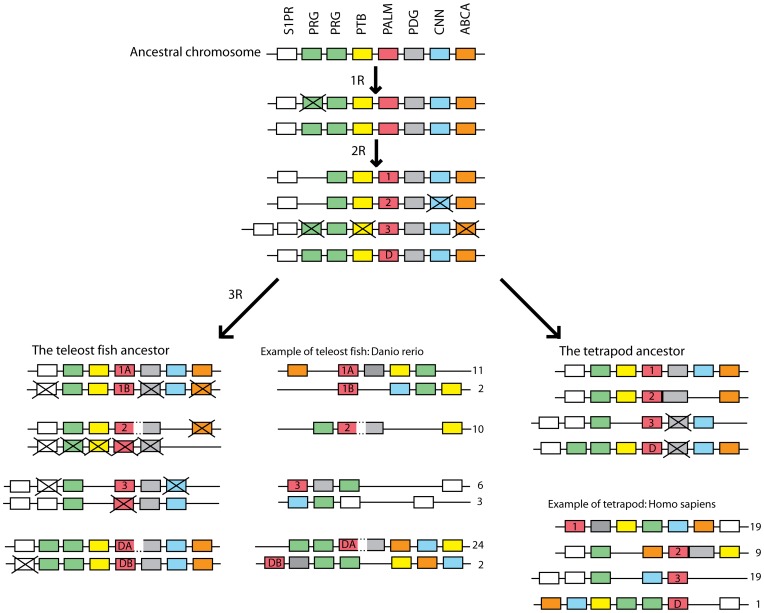Figure 6. Proposed scenario for the evolution of the paralemmin gene family.
A single ancestral chromosome was quadrupled in the two basal vertebrate rounds of genome doubling (1R and 2R), giving rise to the four paralemmin isoform genes PALM1, PALM2, PALM3 and PALMD. The PALM3 gene appears to have been lost from the avian lineage (not shown here). Subsequently, the teleost-specific third round of genome doubling (3R), generated duplicates of PALM1 and PALMD. This duplication scheme is supported by the chromosome locations and phylogenetic analyses of the PALM gene family as well as the neighboring gene families ABCA, CNN, PDG, PTB, PRG and S1PR across a wide selection of vertebrate species. Here zebrafish (Danio rerio) and human are shown as examples. Note that two of the duplicated genome regions in zebrafish have ended up on chromosome 2, likely due to chromosome rearrangements in the zebrafish lineage. Similarly, two of the chromosome regions in the human genome harboring PALM1 and PALM3, respectively, are on different parts of chromosome 19. However, this seems to be due to a recent fusion in the linage leading to humans, as detailed in the Discussion. Note also that several genes have been lost after the chromosome duplications and that the gene order has been shuffled in both zebrafish and human compared to the predicted ancestral chromosome regions. Crossed-over boxes represent likely gene losses. Dotted lines between PALM2 and PDG genes indicate read-through transcription and splicing into the same mRNA. Gene family abbreviations and colors are applied as in Figure 4 with the PALM gene family in red.

